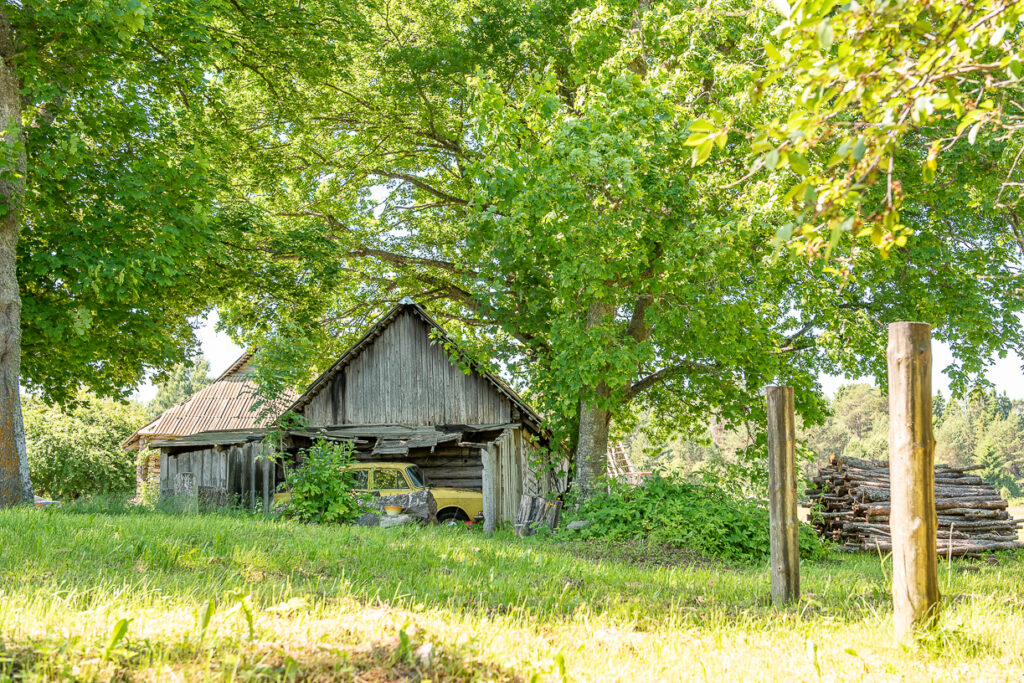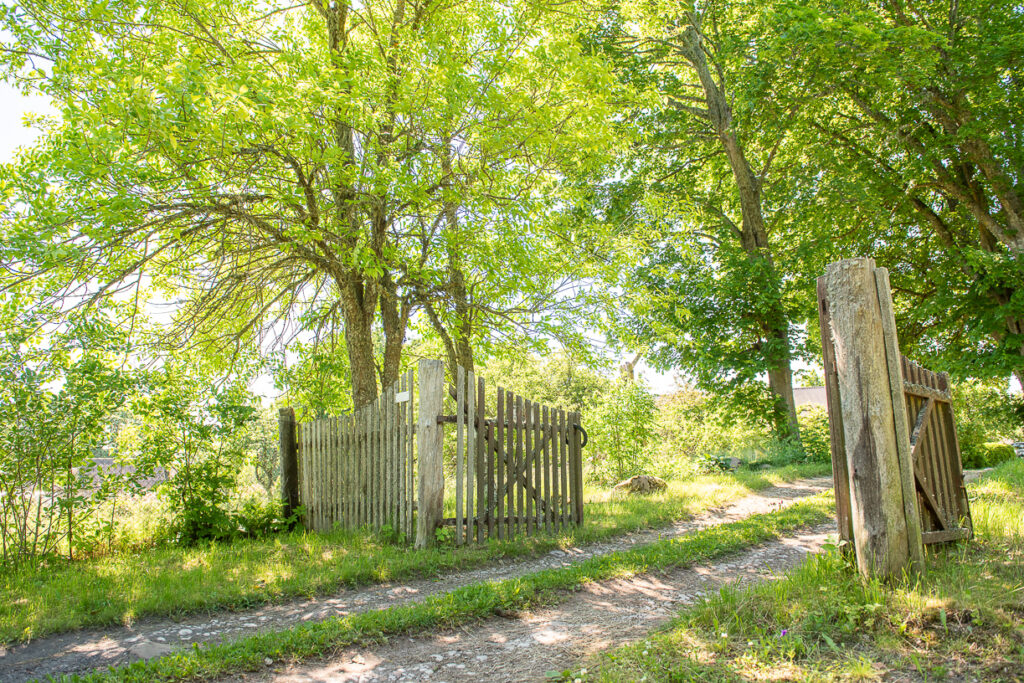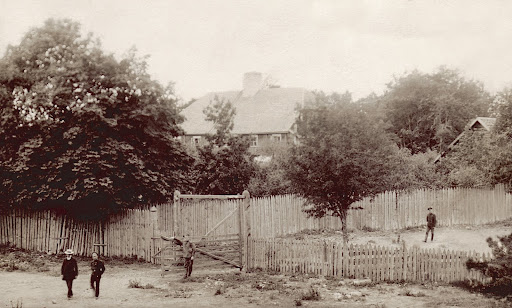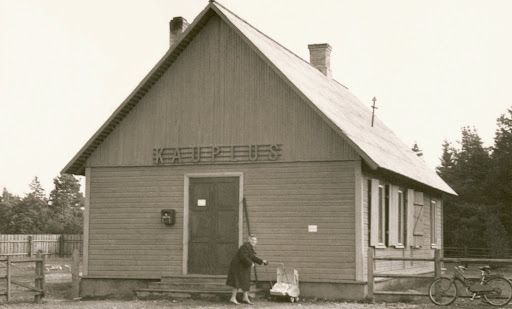Kõpu village

Kõpu (formerly Dagerort) is the name of a 21-kilometre-long peninsula in the western part of Hiiumaa. However, this name has been made famous primarily by the oldest lighthouse in Estonia, the construction of which started on the tallest hill of Hiiumaa as early as at the beginning of the 16th century. The earliest written records about the village by the same name date from the year 1565, but traces of human settlement are thousands of years old. Fifteen sites of Stone Age settlements have been found, some of them on the territory of Kõpu village. Several stone graves and fire pits, bone arrowheads, remnants of ancient fields, an iron processing site, etc., have been unearthed from those sites.
One of the reasons why the current Kõpu village was born was probably due to the necessity to provide living quarters for lighthouse keepers and service personnel. The small Kõpu Manor, which was situated nearby and dates back to at least the 17th century, is also believed to have been related to lighthouse inspectors. By 1917, there were already 32 farms in the village. In 1959, the village had 130 permanent residents; whereas in 2019, there were just 43 in- habitants.
In 1873, the first school was built in Kõpu. The school has had several different names and different forms of study. The Pentecostal prayer house, which was completed by the village road in 1933, was taken into use as a community centre about 20 years later; then, as a shop; and yet later, as a private residence.
A village well, quite a rare sight in Hiiumaa, along with a fire station built nearby, are still attracting attention by the village road.
Gallery
It is a waypoint on the journey
You might also be interested in:







